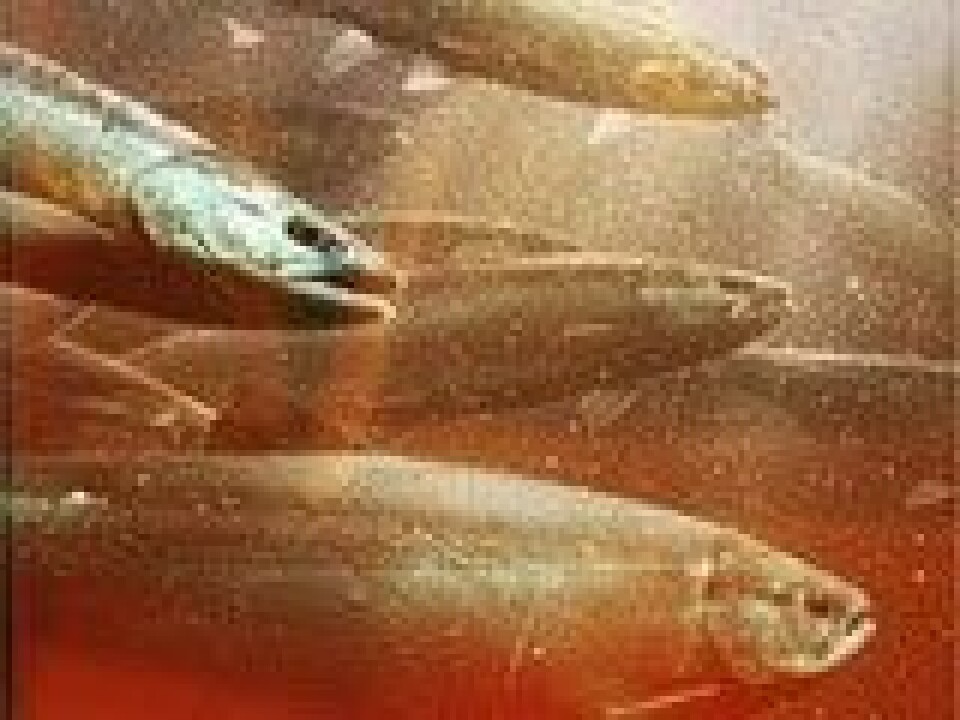
University of East Anglia research shows how females choose the 'right' sperm
Researchers investigated salmon and trout, which fertilize externally in river water. The two species occasionally hybridize in the wild, but since hybrid offspring become reproductive dead-ends, females of both species are under selection to avoid hybrid fertilizations, and instead promote external fertilization by their own species’ sperm. Findings published in the journal Evolution show that when eggs from each species are presented with either salmon or trout, they happily allow complete fertilization by either species’ sperm. However, if eggs are given a simultaneous choice of both species’ sperm, they clearly favour their own species’ sperm. Lead researcher Prof Matt Gage, from UEA’s School of Biological Sciences, said: “The salmon-trout system is ideal for studying sperm-egg compatibilities because we are able to conduct controlled fertilization experiments and measure sperm behaviour under conditions to which the gametes are naturally adapted. Although we found almost 100% interfertility between salmon and trout sperm and eggs, when we mixed equal amounts of sperm from both species together, we found that sperm from their own species won 70 per cent of the fertilizations. “Since we are conducting in vitro fertilizations without interference or control from males or females, this provides clear evidence that eggs favour the sperm of their own species, but only when given a choice.” The team then went on to investigate what mechanisms allow female eggs to encourage the right sperm to fertilize by examining two key components of reproduction in female fish – the egg, and the ovarian fluid that coats the egg. They found that the egg itself plays no significant role in this, but it is actually the ovarian fluid that controls which species’ sperm wins the fertilizations, which was very unexpected.
"If we put salmon ovarian fluid onto salmon eggs, then salmon sperm win, but if we put trout ovarian fluid onto eggs from that same salmon female, trout sperm now win," he said. The researchers then used Video Tracking Analysis to analyse how salmon and trout sperm behave in ovarian fluid. “These findings allow us to establish that females have indeed evolved mechanisms of ‘cryptic choice’ at the intimate level of the sperm and egg. The results also give us a valuable insight into why female salmon mate so promiscuously – typically being fertilized by eight, and up to 16, males in one nest. By promoting sperm competition, females provide their eggs with greater choice, allowing ovarian fluid to avoid potentially hybridizing sperm, and instead encourage fertilization by the right sperm,” Prof. Gage said.






















































